Schneider Shorts of 24 June 2022 – bad choices in Dresden end with research misconduct findings, where the money for heart stem cell research went, nicotine and Photoshop fraud fail in clinical trials, with the most authoritative papermill guidelines, a coronavirus zapper from Italy, and a plant science professor who wasn’t so great after all.
Table of Discontent
Science elites
- Misconduct by negligence – institute director and former Ombudsperson Brigitte Voit sanctioned by Leibniz Association
- Professor XYZ – Rick Vierstra didn’t mean well, actually
- The Anversa Legacy – so much money for fake stem cells, where did it go?
COVID-19
- Quit smoking! – turns out, nicotine is not the cure
- Coronavirus zapper – Italian military company Elettronica developed a new weapon!
Biotech giants
- Athira fails – who could’ve known that fake preclinical research won’t translate?
Science Breakthroughs
- Statins lift mood! – a new business opportunity for the industry’s favourite drug
Scholarly Publishing
- Papermill heroes – COPE and STM issue a guideline, with a surprise acknowledgement
- Learned societies vs papermills – no mercy for fraud!
News in Tweets
Science elites
Misconduct by negligence
Do you recall the affair at the Leibniz Institute for Polymer Research in Dresden?
It was about the institute’s director Brigitte Voit, and her failure to prevent and to investigate the research misconduct in her lab, committed primarily by her star PhD student, Xiaoling Liu. The highly successful graduate returned to China and became associate professor at the College of Polymer Science and Engineering of the Sichuan University and Secretary of the Blood Purification Branch of the Chinese Society of Biomaterials. But now her institutional profile was deleted (archived copy here).
Bad Choices in Dresden
“There is no reason for an investigation into scientific misconduct and therefore it will not take place.”
Voit tried to solve the affair with one swift retraction of a just published Angewandte Chemie paper, and saw no need for further investigations. But then she became subject of a misconduct investigation herself, by the Leibniz Association where Voit used to be the Ombudsperson for research integrity (until her resignation when the investigation began, yes I know, very ironic).
In December 2021, Voit retracted her joint paper with the Indian fraudster Niranjan Karak, De et al 2013, because “because a part of Figure 2 was inappropriately manipulated.” In March 2022, Voit had to retract another paper which data duplications she previously defended, Liu et al 2019, because the Leibniz Association demanded the retraction. I reported this in earlier Friday Shorts. In April 2022, a retraction followed for another Angewandte Chemie paper, Liu et al 2017:
“The retraction has been agreed upon due to supported doubts that Figure 1b and Figure 1c show capsules of different reaction steps according to Scheme 2. The first author of the publication, X. Liu, has not agreed to the retraction.”
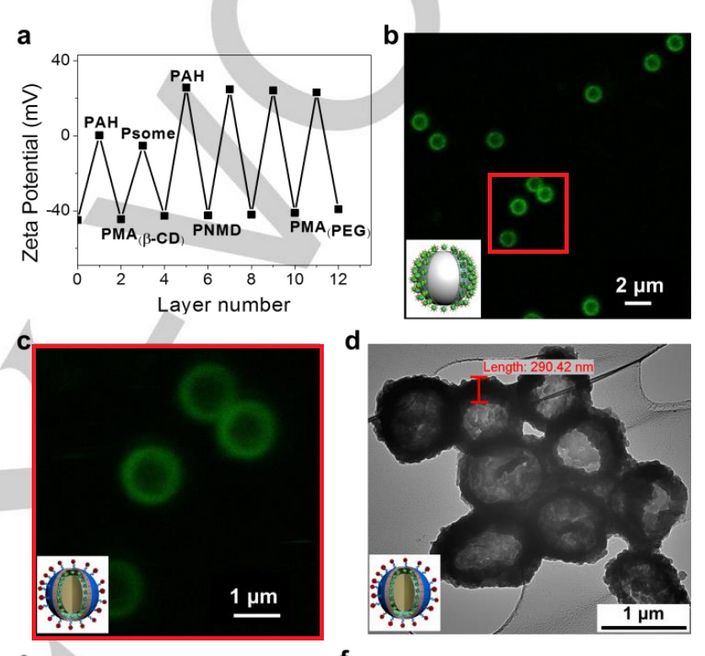
The investigation now concluded and the head of the Department Integrity at the Leibniz Association wrote to me on 20 June 2022 (translated, highlight mine):
“After errors and data manipulations were identified in an internal procedure and several publications were retracted, the Leibniz Association’s investigative committee dealt with subsequent allegations of inadequate documentation and archiving of primary data, neglect of scientific management responsibility and the assumption of co-authorship while accepting participation on a forged publication. In a confidential procedure, it established scientific misconduct by negligence on the part of the scientific management and a department head of the institution; however, participation in intentional manipulations was not determined. The Presidential Board issued a reprimand to those affected in accordance with the “Guidelines for good scientific practice in the Leibniz Association”. At the same time, the Presidency acknowledged the considerable re-assessment work by the institution and the consequences drawn at an early stage.”
Basically, this means, the Leibniz institute director Brigitte Voit was found guilty of research misconduct by negligence and received a reprimand.
Bad Choices in Dresden II
“I cannot help but wonder to what extent you will systematically scrutinize all publications from my group.” – Prof Dr Marino Zerial
Let’s hope that elsewhere in Dresden the Max Planck Society takes a lesson and acts accordingly on the case of their director of the MPI for Cell Biology and Genetics, Marino Zerial.
Professor XYZ
Rick Vierstra probably meant well. That was what I naively thought when I published this article about data manipulations in his papers. After all, this plant sciences professor at the Washington University in St Louis (WUSTL) always replied on PubPeer and uploaded raw data! OK, some of the raw data was later exposed as forged, but still.
Rick Vierstra probably meant well
“I feel that these continuous comments(s) may be pushing the boundaries, which should also be a concern for PubPeer.” – Dr Richard Vierstra
Remember Vierstra telling me regarding Richard Marshall, the author of several papers with manipulated data:
“Richard left my lab in February when his visa expired and he is no longer responding to any emails from anyone. We have no idea where he is at the point and have no way to reach out to him.“
Now I received this email:
“I’m Richard Marshall, Rick Vierstra knows very well where I am. I’m still in st Louis, at my apartment on Skinker Blvd.“
Vierstra did not reply when confronted with this message. But he also chose not to deny some much heavier accusations, raised in this Inside Higher Education article from 2018, authored by his former lab member Nabil Elrouby.
By now three former Vierstra lab members confirmed to me that the professor X, professor Y and Professor Z in this article are all Vierstra. And Vierstra did not deny this, despite my repeated asking. This is what Elrouby’s article says:
“Take the example of Professor X. In that professor’s lab, several graduate students and postdocs (past and present) needed psychiatric assistance and prescription drugs to be able to deal with his pressure and management style. Students who spent six or seven years on their Ph.D. projects, and published work, with promising results that could contribute to other publications, were told that they “will not be able to graduate” and that they “may have to master out” — in other words, to leave with only a master’s degree instead of a Ph.D. Professor X designed the graduate projects, and as a student in his lab you could not deviate from the experimental plan that he declared for you.
But when results were not favorable, he did not claim responsibility but instead blamed the students. He cut off funding, yet still demanded his grad students to work full-time in the lab for years. He used reference letters as bargaining cards to keep his grad students and postdocs from leaving the lab — even at times when they received no financial support — to get them to do the experiments that would satisfy his unreasonable requests. “
Now it kind of puts the problems with the papers by Richard Marshall and Faqiang Li into a new light.
“Consider another example. Professor Y visited a research institute abroad and met with different people who had similar research interests. Through a discussion with Bob (a pseudonym), a senior postdoc, Professor Y got to know about Bob’s findings while offering no details about his own. A year later, Professor Y met Bob’s postdoctoral adviser in a scientific meeting and inquired about the status of Bob’s project. He learned that Bob was writing a paper for a top-tier journal. Professor Y suggested that he, too, was writing a paper and suggested that he and Bob would benefit from “coordinated” publication of the results by submitting the two manuscripts simultaneously.
But Bob had already finished writing his manuscript while Professor Y needed a few more weeks to finalize his data and write it up. He asked Bob for his data set to compare it with his and promised to reciprocate. Months later, and after several email inquiries in which Bob asked whether Professor Y would send his data as promised and whether it was ready for submission, Bob and his adviser were shocked to hear that Professor Y had already single-handedly submitted his manuscript.
When questioned about it, Professor Y blamed his submission on his graduate student (and first author), although the grad student had no choice about when or if to submit the manuscript. In fact, Professor Y had disregarded a written agreement between Bob and himself that they would not scoop each other. “
That is probably why Vierstra is so successful and his science is so reproducible despite evidence of data manipulations? Because he runs off with other lab’s results to publish them first? And when the losers finally publish their findings in a lowly “specialised” journal, Vierstra uses it as proof of reproducibility of his papers?
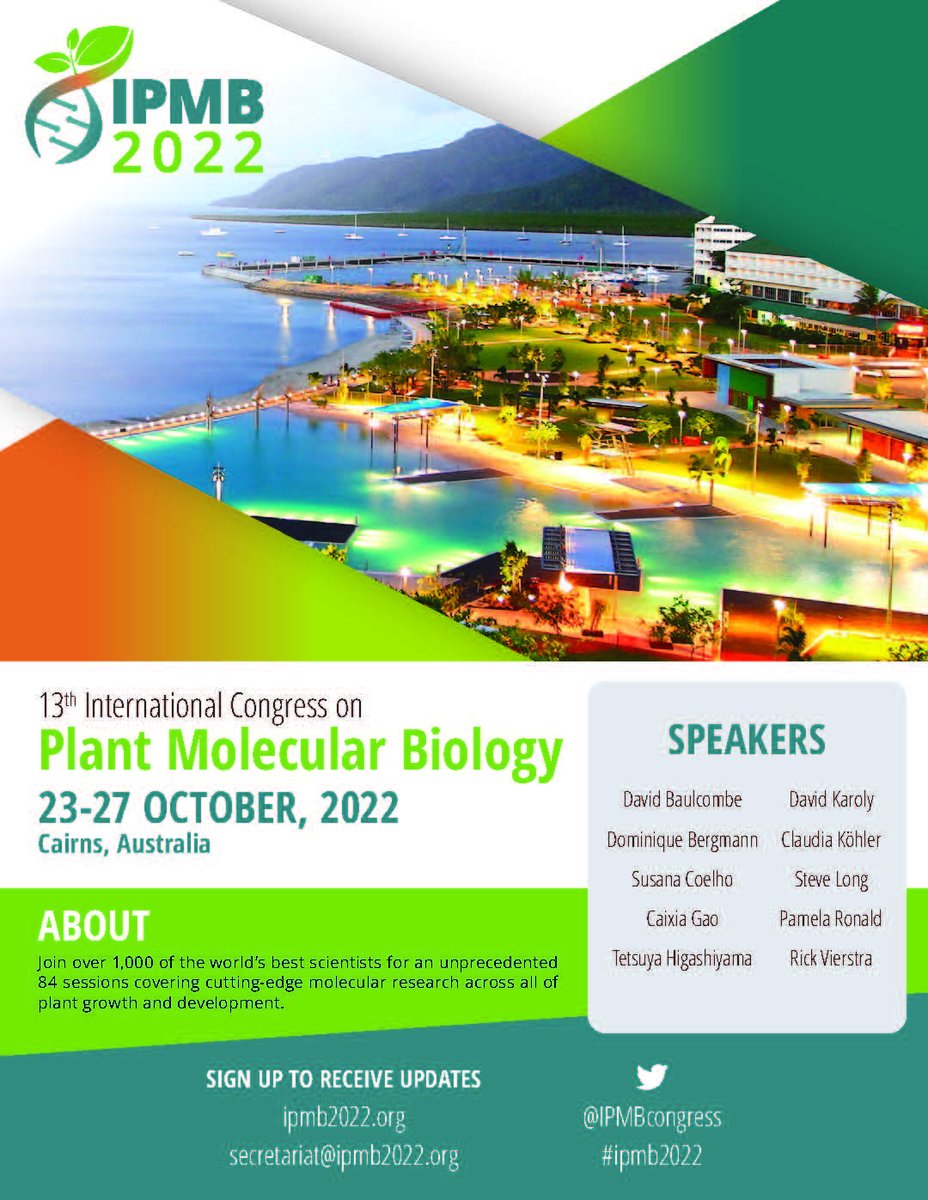
“A third story involves Professor Z. Professor Z met Mike (also a pseudonym) in a scientific meeting. Mike presented new data that he came across through a carefully designed experimental plan. When Professor Z could not obtain enough details about such unpublished data, he accused Mike of concealing some, which Mike assumed to be unnecessary details that would appear only with the publication of his work.
But Professor Z wanted the data so badly that he offered Mike a job in his lab. Mike was hoping for a faculty position, but his funds were running out. He accepted Professor Z’s offer, with a verbal agreement that he would bring his projects with him and would use his short tenure at Professor Z’s lab to complete and publish several of those projects. The agreement was supposed to serve both Mike and Professor Z well: Mike would get his half-done projects published, and Professor Z would get his name on them.
As soon as Mike joined the lab, however, Professor Z inquired about the data Mike had presented in the meeting. When he learned that the data was already written for publication, Professor Z became extremely agitated and suggested that all the material Mike generated in the past was now his (Professor Z’s) material because it was physically present at his university. Soon after, he asked Mike to stop working on his projects and to help a graduate student in the lab set up an assay that Mike had expertise with.
Although that would violate their agreement, greatly derail his progress and hamper his efforts to publish his work and apply for faculty positions as planned, Mike agreed to do so since Professor Z was paying his salary, after all. But as soon as Mike set up the assay, Professor Z declared that he’d run out of money and that Mike had to leave the lab. When the work that involved that assay was about to be published, Professor Z insisted on doing that himself without including Mike’s name in the author list. Mike contested the issue repeatedly with Professor Z, putting together evidence that illustrated his contributions to the work.
But it became clear that Professor Z had no intention of having Mike as a co-author on that paper.
Mike raised the issue with the publishing journal, but his evidence was outweighed by a letter from Professor Z suggesting that, because he’d been a professor for more than 30 years, he was able to judge who should be author. Moreover, he claimed that Mike was just a zealous young scientist who saw the benefits of publication and “unjustifiably” wanted to be an author on that paper.
Mike also raised the issue with Professor Z’s university officials, who suggested that since Mike wasn’t questioning the integrity of the findings themselves, the decision of authorship was left to Professor Z. To Mike, it was clear that Professor Z’s hopes were that he would host him for a short period of time, get hold of the material that he generated as a postdoc in his previous institute and then let him go.”
Maybe this is why Vierstra moved his lab to WUSTL in 2015, abandoning the University of Wisconsin where he was a faculty member since 1984. Maybe they had enough of his antics.
And those who don’t know Vierstra close enough, adore him as a charming science genius:
“Outside a professional setting, Professors X, Y and Z are gregarious, talkative and charming. They can recruit starting grad students and postdocs who do not know the inside stories. Once those students and postdocs are in their graduate programs or research projects for a couple of years, it is difficult for them to leave without a degree or a paper. So, they are stuck. Previous grad students and postdocs couldn’t communicate this information about Professors X, Y and Z, as they feared retaliation. After all, their careers depended on a letter from their PI.”
The Anversa legacy
Reuters investigates the aftermath of Piero Anversa‘s heart stem cell fraud:
“Yet federal money has continued to flow to test the proposition advanced by Anversa – that adult stem cells can regenerate or heal hearts. Over two decades, federal and private grants have streamed into research labs despite allegations of fraud and fabrication against Anversa and others in the field, Reuters found. Meanwhile, no scientist has credibly established that Anversa’s regeneration hypothesis holds true in humans, according to researchers and a review of medical literature.
Since 2001, the U.S. National Institutes of Health spent at least $588 million on such heart research, Reuters found in an analysis of government data. More than $249 million, about 43% of the total, has been awarded since March 2013. By that time, the federal government had been informed of the fabrication allegations against Anversa, according to documents and interviews with sources familiar with the matter.”
Where did the money go? Reuters names Anversa’s dishonest partners like Bernardo Nadal-Ginard, Jan Kajstura, Annarosa Leri, Mark Sussman, Roberto Bolli and Joseph Loscalzo, and independent fraudsters like Bodo-Eckehard Strauer, but the article also quotes an allegedly honest expert:
“Steven R. Houser, a cardiovascular scientist who was AHA president in 2016, said that the research was needed to test the potential of adult stem cells. “The cardiac stem cell hypothesis did not fall into disfavor because of the discovery of data fabrication by the Anversa lab,” he said. “It went away because of careful science.””
Yep, these many millions went into the fake science by people like Houser. And the Reuters journalists had no clue what a massive cheater they just spoke to.
Steven Houser and the Temple of Fraud
“We all hype our work. We want to tell people our work is important. These patients, many of them coming to enroll in these trials, they have no other hope.” -Steven Houser, Hero of Research Ethics, Temple University
The Reuters article also quotes another collaborator of Hauser’s:
“Now that we know that adult stem cells do not regenerate the heart and that past work suggesting otherwise was false, why hasn’t this knowledge traversed its way through the medical and research systems, and why do such studies persist?” said Jeffery Molkentin, the director of molecular cardiovascular biology at Cincinnati Children’s Hospital.”
Molkentin even tried to save Anversa’s and Strauer’s legacy by claiming in Nature (Vagnozzi et al 2020) that bone marrow cells injected into the heart don’t have to be of the stem cell kind to do their healing work (he disagrees with my understanding of his paper).
But look at this forgery he and Houser published in a journal then edited by Bolli:
Scott M. MacDonnell, Jutta Weisser-Thomas, Hajime Kubo, Marie Hanscome, Qinghang Liu, Naser Jaleel, Remus Berretta, Xiongwen Chen, Joan H. Brown, Abdel-Karim Sabri, Jeffery D. Molkentin, Steven R. Houser CaMKII Negatively Regulates Calcineurin–NFAT Signaling in Cardiac Myocytes Circulation Research (2009) doi: 10.1161/circresaha.109.194035
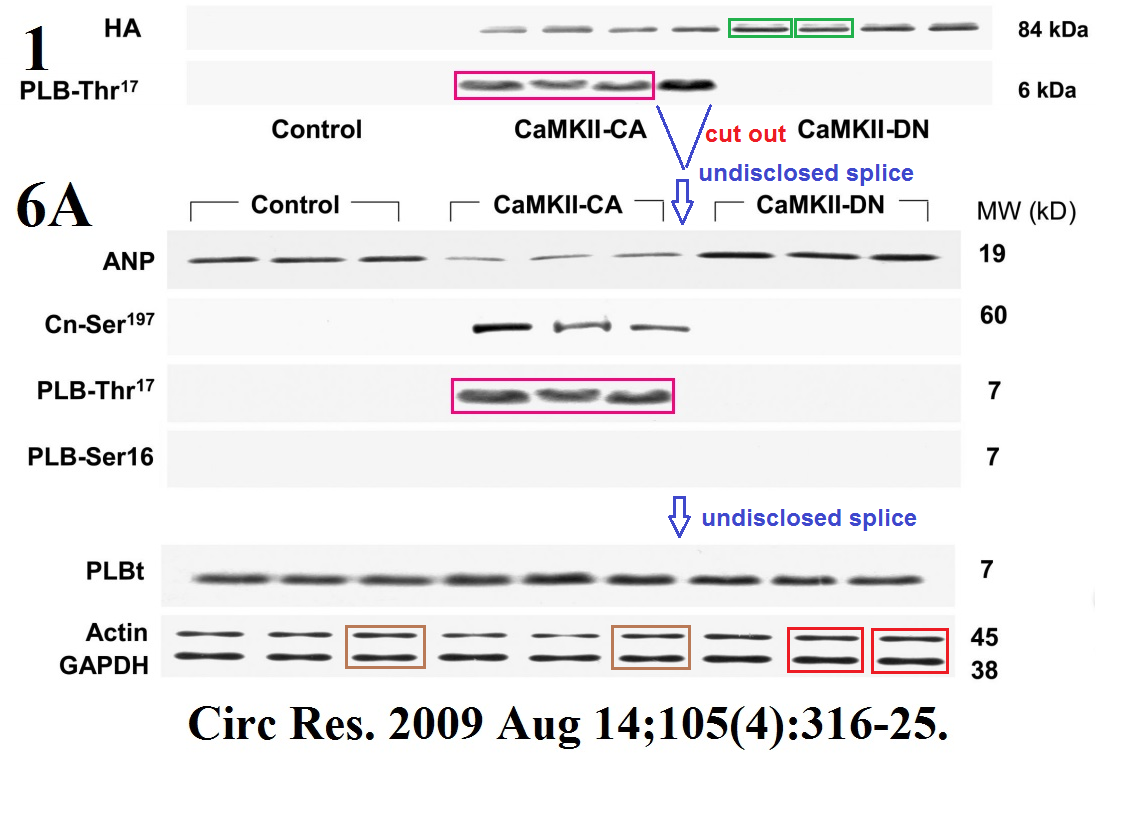
This is the quality science these NIH millions went to.
COVID-19
Quit smoking!
I bear bad news. The glimmer of home we received early on in the pandemic, that nicotine was the cure for COVID-19, is gone. Went up in smoke, extinguished, trampled underfoot, tossed into ashtray.
l’Amoura pour la cigarette Changeux tout COVID-19
Have you been hoarding COVID-19 survival necessities? Soap, disinfectant, toilet paper? Stockpile cigarettes, as many as you can get, if you want to survive the coronavirus. Science has Spoken.
Professor Zahir Amoura in Paris ran his clinical trial, and here is the result:
Guylaine Labro , Florence Tubach , Lisa Belin , Jean-Louis Dubost , David Osman , Grégoire Muller , Jean-Pierre Quenot , Daniel Da Silva , Jonathan Zarka , Matthieu Turpin , Julien Mayaux , Christian Lamer , Denis Doyen , Guillaume Chevrel , Gaétan Plantefeve , Sophie Demeret , Gaël Piton , Cyril Manzon , Evelina Ochin , Raphael Gaillard , Bertrand Dautzenberg, Mathieu Baldacini, Said Lebbah, Makoto Miyara, Marc Pineton De Chambrun, Zahir Amoura, Alain Combes, on behalf of the NICOVID-REA Trial Group Nicotine patches in patients on mechanical ventilation for severe COVID-19: a randomized, double-blind, placebo-controlled, multicentre trial Intensive Care Medicine (2022) doi: 10.1007/s00134-022-06721-1
“Results
Between November 6th 2020, and April 2nd 2021, 220 patients were randomized from 18 active recruiting centers. After excluding 2 patients who withdrew consent, 218 patients (152 [70%] men) were included in the analysis: 106 patients to the nicotine group and 112 to the placebo group. Day-28 mortality did not differ between the two groups (30 [28%] of 106 patients in the nicotine group vs 31 [28%] of 112 patients in the placebo group; odds ratio 1.03 [95% confidence interval, CI 0.57–1.87]; p = 0.46). The median number of day-28 ventilator-free days was 0 (IQR 0–14) in the nicotine group and 0 (0–13) in the placebo group (with a difference estimate between the medians of 0 [95% CI -3–7]). Adverse events likely related to nicotine were rare (3%) and similar between the two groups.
Conclusion
In patients having developed severe COVID-19 pneumonia requiring invasive mechanical ventilation, transdermal nicotine did not significantly reduce day-28 mortality. There is no indication to use nicotine in this situation.”
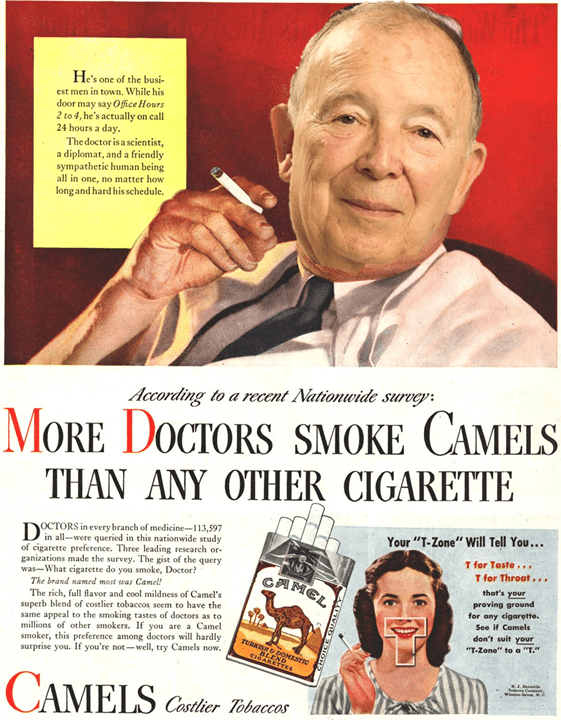
You may notice that the octogenarian nicotine receptor researcher Jean-Pierre Changeux, who early on joined forces with Amoura to promote nicotine as COVID-19 cure, is not co-author on this new study. But then again, Changeux soon placed his bets on ivermectin which he says is also a nicotine receptor agonist. Needless to say, ivermectin failed also.
Ivermectin now against COVID-19, because
Dr Peter McCullough, Dr Sabine Hazan, and other ivermectin quacks. Follow Smut Clyde’s descent to the antivaxxer hell.
Ivermectin now against COVID-19, why…
Ivermectin is the new hydroxychloroquine. But who is its new Raoult? What if the cast of the 2021 sequel will remain otherwise the same?
Coronavirus Zapper
We haven’t had any new silly COVID-19 cures for some time, but an Italian defence and surveillance entrepreneur now landed a scoop, with all the big national papers reporting.
Here is La Repubblica (translated):
“It is able to reduce the risk of contagion from Covid-19 in a room by at least 90%. Here’s what a little box called E4Shield can do in about three minutes. Seeing it like this, everything comes to mind less than a “bio-defense” device, as they call it in Electronics, a company specializing in electronic countermeasures for military use and cybersecurity. […]
…according to the 150 tests conducted on the Sars-Cov-2, E4Shield sanitizes the environment in which we find ourselves. It succeeds thanks to the emission of electromagnetic frequencies that make the structure of the virus present in the air oscillate until it breaks. This operation then repeats every thirty seconds.”
Here is the magic device:
The inventor is an old man, Enzo Benigni (born in 1938), who as President and CEO runs the company Elettronica Group, together with his children Domitilla (CEO & COO) and Lorenzo (Senior Vice President). The company’s normal business is security and war (both real and in cyberspace), so the coronavirus is just another enemy to fire upon and to bring down incapacitated.
It will work, because:
“E4Shield spreads electromagnetic waves that split the structure of the viral particles”, confirms Antonio Manna, electronic engineer, responsible for the European and Italian research programs of Electronics. “When the virus interacts with an oscillating electromagnetic field, its structure is deformed until it breaks and in this way it is prevented from replicating. It exploits a high frequency, today almost exclusively the prerogative of military technologies, and in the future it can be set for target other pathogens “. They are already working on this at Elettronica, probably via an app. The idea is to arrive at a real frequency library to fight different viruses..”
If you are unconvinced, Benigni and La Repubblica remind you that “A study published in Nature in 2015 had already linked frequencies and mechanical resonances of particles“, so hurry up to buy either the pocket-sized device with the reach of 3m (€250), or a larger one which blasts SARS-CoV2 viruses in the area of 50qm (€500).
Sylvie Coyaud however has a minor correction:
“If by “particles” you mean virions, the study is not published in Nature , as it seems from the presentation (from 1:34 ′ onwards) by Eng. Antonio Manna , Elettronica SpA, but on the unreliable Scientific Reports , the resonance is not mechanical and the influenza A virus would be inactivated by microwaves whose frequencies are those of radios, cell phones, etc. Bacteria as well ( note 2 ).”
Nature Scientistic Reports, Sylvie!
Sylvie found out that Elettronica partnered on this invention with the company Lendlease, whose main business is in real estate. Other credited collaborators were:
“The collaborations with the Scientific Department of the Celio Military Polyclinic, the Sacco hospital, with the Virostatics laboratories and above all with our partner Lendlease were fundamental.”
Regarding the Italian company Virostatics, Sylvie found that they are full of crap:
“On the website of the pharmaceutical company we read
–our researchers have demonstrated how drug combinations work better than single drugs, thus inducing the first functional cure of an HIV patient, the well known Berlin patient (NEJM, 1999)
[…] curiously, the Berlin patient and even her doctors say in the 1999 NEJM paper that the “drug combination” was ineffective. For this reason, despite the risks, she received a double bone marrow transplant taken from a donor with a genetic mutation that makes her immune to HIV.”
Well, I see where the Virostatics founder Franco Lori learned the high art of self-enrichment by HIV bullshittery: “He was senior investigator in the laboratory of tumor cell biology at the National Cancer Institute under the leadership of Robert Gallo….”
Right….
How USA embraced research fraud: review of two books
A review of “The Baltimore Case” by the historian Daniel Kelves and “Science Fictions” by the journalist John Crewdson, which also tell the history of the Office of Research Integrity (ORI).
Benigni the military industrialist created his coronavirus zapper to help the children, as the patriarch explains in La Repubblica:
“For us the initial push was to protect a child during a pandemic. In short, the moment counted as well as the context”.
I guess the old man meant to protect his own children from poverty, and to profit from the pandemic before it’s too late.
Fighting the coronavirus with electromagnetic waves? Even Novak Djokovic had this idea:
Grand Slam: Novak Djokovic vs COVID-19
Nole Djokovic and Dr Irena Cosic, a Serbian dream team for science.
Biotech Giants
Athira fails
Speaking of businesses. Remember Athira Pharma and their sacked CEO, Leen Kawas? Who was once America’s smartest biotech entrepreneur, who together with her PhD mentors founded Athira to market an Alzheimer drug? Now Kawas’ PhD thesis and papers are under misconduct investigation by the Washington State University while she continues making money elsewhere, supported by a billionaire sugar daddy.
How to cure all diseases
“I have a passion to solve a problem that is facing millions. I could have a job that makes more money, has normal hours, but this is where I should be right now.” Dr Leen Kawas, CEO of Althira Pharma
Athira’s management kept reassuring everyone that Kawas’ fake PhD research with “dihexa” drug had absolutely nothing to do with the company’s Alzheimer’s clinical trials with ATH-1017 or “fosgonimeton” as it is now called, even if dihexa and the Athira drug are actually the same substance.
As it turned out, fake preclinical research leads to utter failure in clinical trials, who would have thought. GeekWire reports:
“The phase 2 trial enrolled 77 people with mild to moderate Alzheimer’s disease, who received either a placebo or one of two doses of Athira’s compound fosgonimeton. Patients were allowed to continue standard-of-care therapy such as the drug donepezil.
Patients were evaluated at 26 weeks for a measure of working memory processing speed, event-related-potential (ERP) P300 latency, which did not show a statistically significant improvement in patients treated with the compound.
The company also evaluated patients for the secondary endpoints of cognition, global clinical change and functional change, which also did not improve with fosgonimeton treatment.
The company’s stock valued plummeted 69% before the opening bell Wednesday.”
Athira tried a subgroup analysis hoping to squeeze out positive-ish results, and failed there, too.
But but but:
“The company later released its preclinical data in a meeting presentation. That data supported the conclusion of Kawas’ previous studies testing the compound in cells and rats.
The compound enhanced the activity of molecules involved in the growth of neurons, Hepatocyte Growth Factor and its receptor MET, and had an effect on cognition in a rat model.
Athira is also testing fosgonimeton in a separate, ongoing phase 3 study.”
I can predict the outcome of that trial, too. What is it with Alzheimer’s start-ups really, one is more fraudulent than another.
Facts and Fiction of Cassava Sciences
Attack is the best form of defence. Especially when your commercial clinical research is tainted by preclinical Photoshop fraud.
Cassava fraud and Alzheimer’s capitalism
“even Theranos didn’t submit fake data to FDA”
Science Breakthroughs
Statins lift mood!
Reading For Better Science can make one depressive. How great is it that I keep informing you of new breakthrough cures for depression!
Now, it’s statins. because it stands to reason that the drugs which lower blood pressure can also lift mood, right? And just like you were told to take statins prophylactically all your life to avoid getting a stroke or a heart attack (and to make Big Pharma rich), so now you are advised to take statins all your life to avoid depression.
A press release by the University of Oxford no less:
“Since its introduction in the late 1980s to prevent heart attack and stroke, statins have been hailed as a wonder drug and prescribed to tens of millions of individuals. However, some research has suggested that the medications may still have other benefits, particularly those for mental health. A recent study investigates the impact of statins on the emotional bias, a risk factor for depression. The study appears in Biological Psychiatry and was published by Elsevier.
The online observational study was carried out between April 2020 and February 2021 by a team of researchers at the University of Oxford in Oxford, UK, under the direction of Amy Gillespie, Ph.D. At this time, the SARS-CoV-2 epidemic was at its peak, and there was a significant increase in the prevalence of psychiatric disorders as well as worldwide stress levels.”
Everyone take statins now because there is a World War 3 on in Ukraine.
“The vast majority of subjects (84%) were not taking either medication, but a small group were either taking only statins (4%), only a different class of anti-hypertension medication (6%), or both (5%).
Participants taking statins were less likely to recognize fearful or angry faces and more likely to report them as positive, indicating they had reduced negative emotional bias.”
This is the paper:
Amy L. Gillespie, Chloe Wigg, Indra Van Assche, Susannah E. Murphy and Catherine J. Harmer, “Associations Between Statin Use and Negative Affective Bias During COVID-19: An Observational, Longitudinal UK Study Investigating Depression Vulnerability” Biological Psychiatry. (2022) DOI: 10.1016/j.biopsych.2022.03.009
“John Krystal, MD, Editor of Biological Psychiatry, said of the work, “Statins are among the most commonly prescribed medications based on their ability to prevent heart attacks and strokes. These new data raise the possibility that some of their positive effects on health could be mediated by the effects of these drugs on the brain that promote emotional resilience.””
The paper mentions:
“Unrelated to this work, ALG has received consultancy fees from Zogenix; CJH has received consultancy fees from P1vital Ltd, Janssen Pharmaceuticals (Antwerp, Belgium), Sage Therapeutics, Pfizer, Lundbeck, and Zogenix; and SEM has received consultancy fees from Janssen Pharmaceuticals, Zogenix, and Sumitomo Dainippon Pharma. CJH and SEM hold grant income from UCB Pharma, Janssen Pharmaceuticals, Zogenix, and Pfizer.”
UCB Pharma (which now owns Zogenix) specialises on neurology treatments. Pfizer is one of the biggest statin manufacturers. Not sure how this is unrelated.
Scholarly publishing
Papermill heroes
The scholarly publisher lobby organisations COPE (Committee on Publication Ethics) and STM (Scientific, technical and medical publishers) now issued a guideline about paper mills.
So far, so predictable: no mention of Smut Clyde or his work at all.
COPE, the publishers’ Trojan horse, calls to abolish retractions
Four private scientists without any agenda whatsoever published a research result preprint on the portal BioRxiv. The “new results” reported in the article are actually new ideas which are just as good as any research results, because they are supposed to bring the field of scholarly communication forward. The question is, where to, and why…
References mostly go to Ivan Oransky of Retraction Watch (why, actually?) and news pieces in Science, the credit for uncovering russian papermills goes rightly to Anna Abalkina, and the credit for investigating Chinese paper mills goes not entirely rightly to Jennifer Byrne exactly because she always gets credit for Smut Clyde’s work on Chinese papermills.
Thus, nothing unusual. Matthew Effect in action, where everyone wants to be Matthew of the papermill fame. Wait, what is this:

I couldn’t recall having “helped with the research and analysis for this report by providing data or information” for this piece, nobody ever contacted me even, and I asked COPE to take me off their silly credits and acknowledge and reference Smut Clyde.
Editors and other real papermill heroes
“Long story short, we investigated our published papers and then retracted those with data integrity issues. That is it.” – Dr Heather Smith, Editor-in-Chief
But then Jayne Marks (the other authors of the COPE-STM paper being Deborah Kahn and Sarah Gillmore of COPE, and Joris van Rossum of STM) reminded me that I did help her when STM announced to be preparing guidelines on papermills. Indeed, I tried to gently nudge them into crediting Smut Clyde’s work. This was my email to Marks from 1 February 2022:
“Hi Jayne,
I have discovered this obscure resource on paper mills, which is almost never referenced by editorials or peer reviewed literature.
Especially these articles:
The Chinese Paper Mill Industry: Interview with Smut Clyde and Tiger BB8
Unlike those fake paper mill products, this interview failed editorial review and journal quality control.
The full-service paper mill and its Chinese customers
An investigation by Elisabeth Bik, Smut Clyde, Morty and Tiger BB8 reveals the workings of a paper mill. Its customers are Chinese doctors desperate for promotion. Apparently even journal editors are part of the scam, publishing fraudulent made-up science.
I suspect Smut Clyde must be Prof Jennyfer Byrne, given the media coverage of these papermills. I hope you and COPE will find this information useful.“
Marks admitted she found Smut Clyde’s work on For Better Science useful, and this is why she acknowledged me for sending it to her. But she saw no need to actually reference Smut Clyde’s work, not even in the section “Additional reading“, and instead gave credit for papermill investigations to Oransky, Byrne, man in the street, squirrel up in a tree, anyone but us, exactly because those are the industry’s official blacklist policies.
The publishing execs could have at least referenced this paper, but no.
David Bimler, Better Living through Coordination Chemistry: A descriptive study of a prolific papermill that combines crystallography and medicine Research Square (2022) doi: 10.21203/rs.3.rs-1537438
Polymer Papermillers Taking the Piss
Papermill Industry enters its Logical Growth Phage. Smut Clyde explains what coordination polymer chemistry has to do with chickenshit.
Learned societies vs papermills
With the COPE-STM guideline in place, publishers are now equipped to mercilessly root out papermill fraud.
So here is what EMBO Press, the publishing arm of the learned society of European molecular biologists, just fixed with a correction.
Xinyuan Tong , Yueqing Chen , Xinsheng Zhu , Yi Ye , Yun Xue , Rui Wang , Yijun Gao , Wenjing Zhang , Weiqiang Gao , Lei Xiao , Haiquan Chen , Peng Zhang, Hongbin Ji Nanog maintains stemness of Lkb1 ‐deficient lung adenocarcinoma and prevents gastric differentiation EMBO Molecular Medicine (2021) doi: 10.15252/emmm.202012627
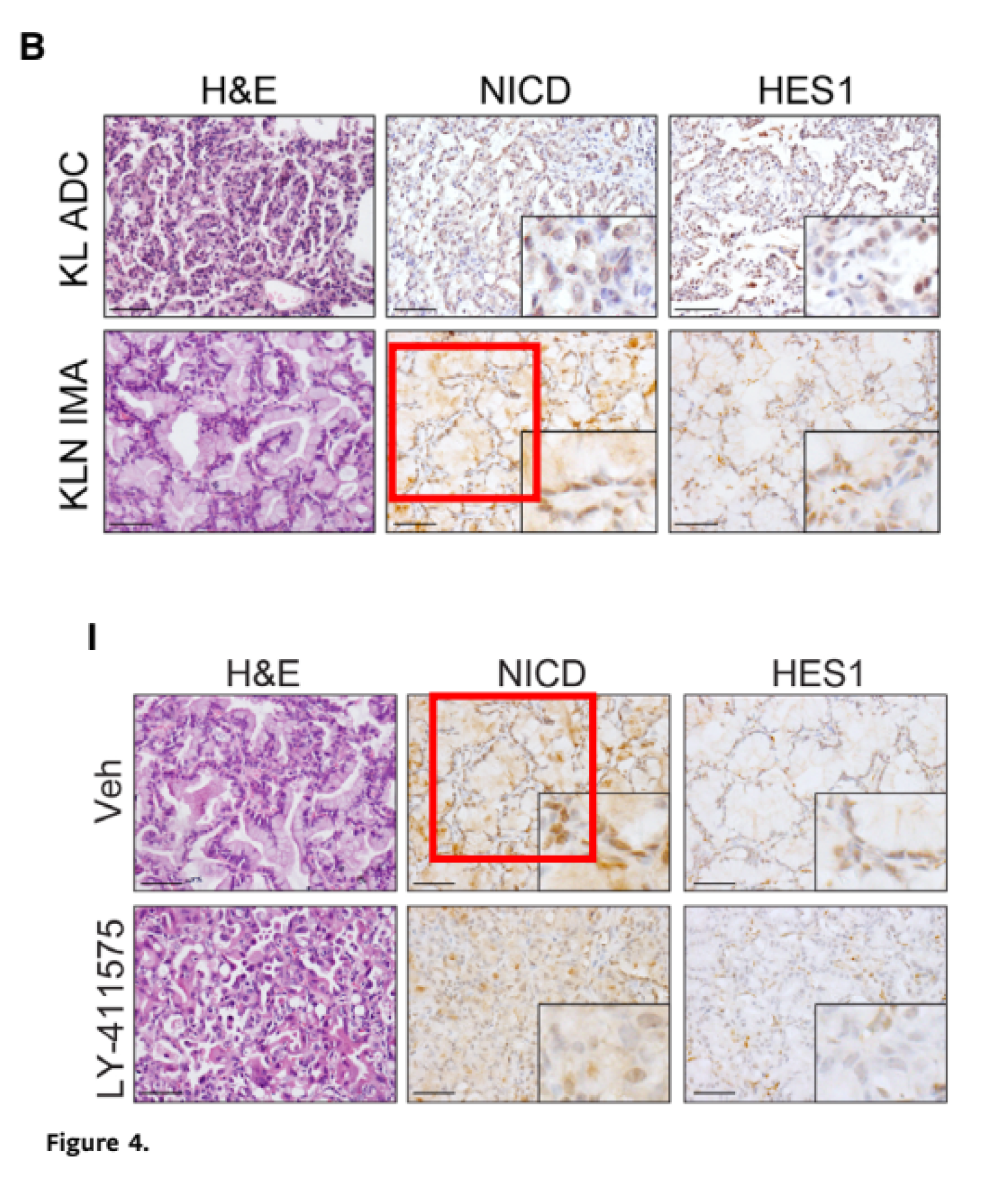
Somebody unnamed declared on PubPeer:
“Indeed, we have noticed this a couple of days ago and in the process of making corrigendum already. […] Although this unintentional mistake does not affect the interpretation of data or the conclusion of this study, we are extremely sorry for such oversight and apologize for any inconvenience it may have caused.“
They (the authors? Papermill owners?) didn’t notice this though, noticed by Elisabeth Bik “with the aid of ImageTwin“:

The nameless responsible again reassured:
“this mistake does not affect the interpretation of data or the conclusion of this study, we are really sorry for the oversight and apologize for any inconvenience it may have caused.“
It is quite likely a papermill fabrication, thus utterly fake. But EMBO Press was convinced, and a Corrigendum was issued just now:
“The authors were alerted to duplicated images between Figures 2A and 3G, 2B and 4I, and 4B and 4I.
The authors state that the human IMA HE stainings in Figure 2A and Figure 3G are from the same sample. The legend of Figure 3G is amended to indicate that the sample is also shown in Figure 2A.
The 10x HE image in Figure 2B had been incorrectly displayed in the 40x HE image in Figure 4I. The authors state that they used the incorrect photograph from the KLN IMA vehicle treatment group in Figure 2B. The authors have identified the correct low-magnification image that corresponds to the magnification currently displayed in Figure 2B and herewith retract and replace this panel.
The bottom middle panel of NICD immunostaining for KLN IMA in Figure 4B displayed an image from a similar field of the NICD immunostaining for KLN IMA (vehicle group) in Figure 4I. The authors state that these two photographs were mislabeled during the acquisition process. The authors have identified the correct image for NICD immunostaining for KLN IMA in Figure 4B in the original data and herewith retract and replace this panel.
Lastly, the authors note that the labeling in Figure 4J had previously been inverted and this is herewith corrected.
The authors state that these changes do not affect the interpretation of the data or the conclusions of the study. The authors apologize for this oversight and for any inconvenience it may have caused.”
And now have a look what another learned society, the American Physiological Society (APS) corrected:
Mao Dai , Rui Xiao , Luyao Cai , Tong Ge , Liping Zhu , Qinghua Hu HMGB1 is mechanistically essential in the development of experimental pulmonary hypertension AJP Cell Physiology (2019) doi: 10.1152/ajpcell.00148.2018
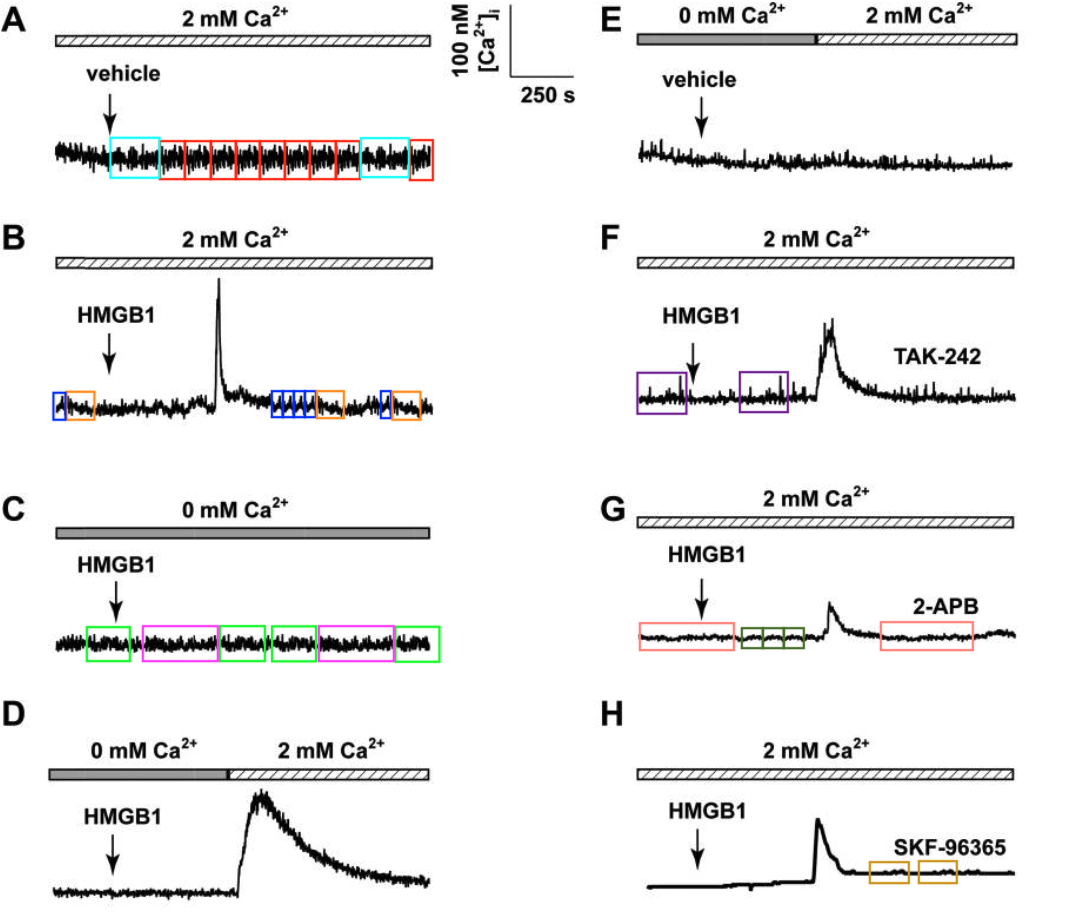
This was also flagged by Elisabeth Bik in September 2021, but one of the authors, Qinghua Hu, assured her:
“Dear Dr. Bik: I wish to thank you and other colleagues again for pointing out the issue, for which the first author have identified the technical reason. We are going to address it and contact the journal for corrigendum as soon as possible.”
The Corrigendum arrived in November 2021, it reads like a “f*** you” from APS and its German Editor-in-Chief Liliana Schaefer (professor at the Goethe University Frankfurt) to the scientific community:
“In Fig. 3, the representative [Ca2+]i tracings were incorrect. The revised Fig. 3 is shown below.
No changes were made in the figure legend. The conclusions of the study remain the same.”
But then again, the same learned society APS did this:
The paper Desai et al J Neurophysiology 2005 received a Corrigendum in March 2021:
“The corrections impact neither the numerical data nor the overall conclusions of the paper.”
It was not by a papermill though, but by the infamous Sapan Desai, the one-man papermill fraudster, who invented a huge fictional Surgisphere database of hospitals to publish two utterly fake COVID-19 papers in The Lancet and NEJM. Read here:
Would Lancet and NEJM retractions happen if not for COVID-19 and chloroquine?
NEJM and The Lancet retract two fake papers, one was dealing with chloroquine. Did we just get a brief glimpse into the fraudulent abyss of medical literature and the corruption of medical elites, briefly opened by the current COVID-19 situation?
Folks, if this is how academic editors and non-profit learned societies behave towards papermill fraud, what can you expect from commercial publishers like Elsevier, Wiley and Springer Nature, never mind Frontiers and MDPI?
News in Tweets
- Alina Chan and Matt Ridley, authors of the book “Viral: The Search for the Origin of Covid-19,” in Unherd: “We think we know why people feel so threatened by Viral. After all we are not lab-leak extremists and we have also been attacked by those who are. But by taking down credible moderate voices, our critics within the scientific establishment are polarising the issue and casting the lab origin hypothesis as one that is only championed by anti-science or uninformed groups. […] Virologists are worried that fingering a lab leak will affect their flow of grant money or result in more oversight and regulation of virology research. One scientist told us that: “If we investigate and expose an error on the part of scientists, then the public will no longer trust science.” As if choosing to deliberately not uncover a possible error would make people trust science more.“
Viral by Alina Chan & Matt Ridley – Book review
Alina Chan’s book with Matt Ridley on the Origins of COVID-19 is finally out. It is a very informative read!
The Lab Leak Theory
A lab leak theory of the COVID-19 origins has enough circumstantial evidence and historical basis to support the urgent need for an independent and unbiased investigation. But until recently, scientists dismissed lab leak as a conspiracy theory. In public at least.
- “During the first pandemic wave, exposure to hydroxychloroquine of patients hospitalized for Covid-19 would have led to around 9,500 deaths, in 8 countries where this mortality was estimable, according to the results of a French study presented at the congress of the French Society of | pharmacology and therapeutics (SFPT). During the first wave of Covid-19, various treatments were tested without marketing authorization, including hydroxychloroquine, despite its effects known adverse reactions and the lack of proof of efficacy against this virus, summarize Alexiane Pradelle from the University of Lyon and her colleagues in their poster 1 (CNRS 5558).” (APM News, translated by Fabrice Frank, see thread)
- No idea why, but this New York Times article references me and my Macchiarini investigation. What happened? Didn’t the academic and journalism elites agree that I made all these victims up, there is even a court verdict for that? Even the police in Spain and Italy doesn’t give a rat’s arse about those dead and mutilated people.
- In this regard:
Macchiarini’s trachea transplant patients: the full list
This article lists all known (including those not officially declared) patients of the scandal surgeon Paolo Macchiarini, who received from him a cadaveric or plastic trachea. It will be updated whenever I receive any new evidence.
Time to retract Lancet paper on tissue engineered trachea transplants
Paolo Macchiarini affair: I reproduce the letter Patricia Murray, Raphael Levy, Peter Wilmshurst and myself published in The BMJ on 2 March 2022. I also publish Wilmshurst’s appeal to the UCL leadership.
I thank all my donors for supporting my journalism. You can be one of them!
Make a one-time donation:
I thank all my donors for supporting my journalism. You can be one of them!
Make a monthly donation:
Choose an amount
Or enter a custom amount
Your contribution is appreciated.
Your contribution is appreciated.
DonateDonate monthly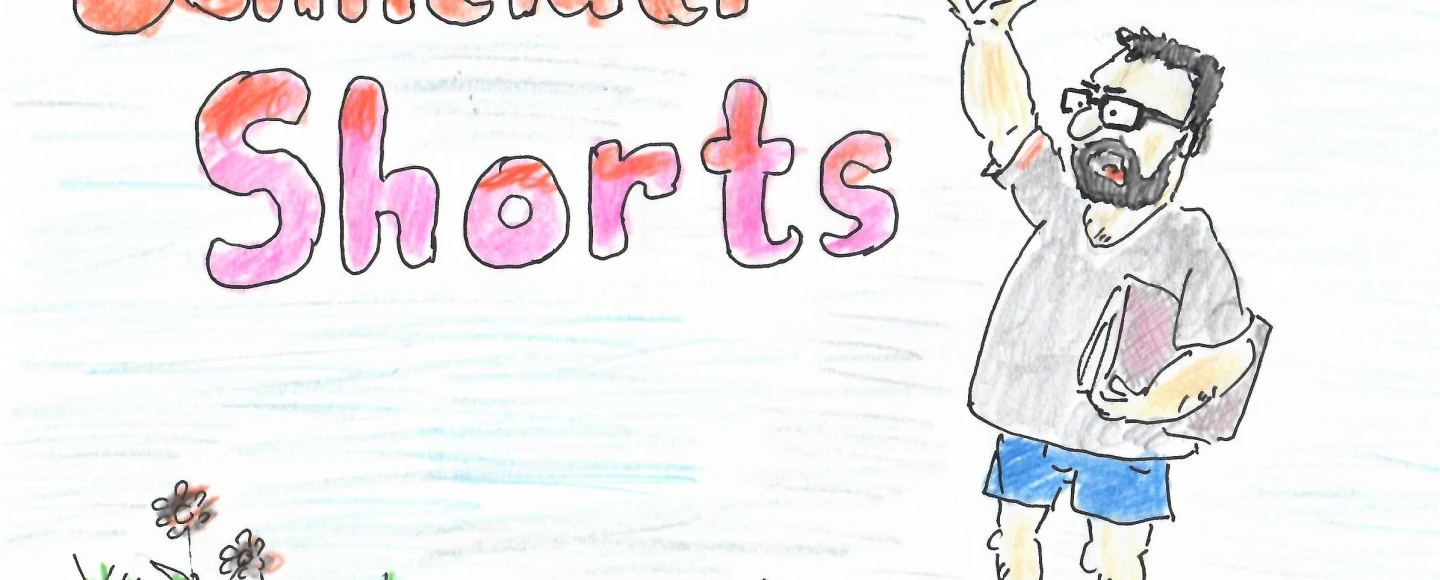
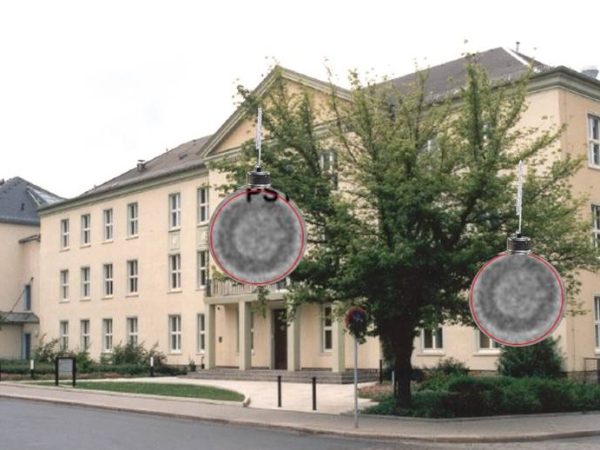
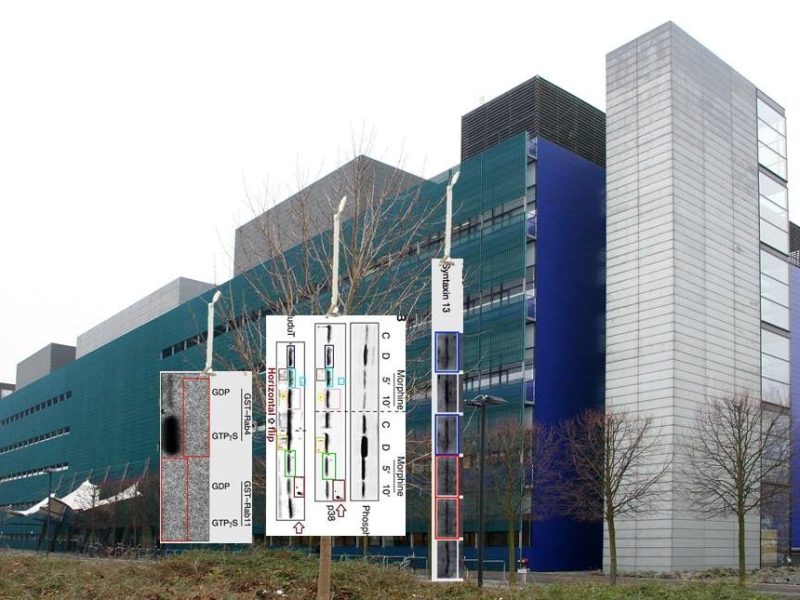


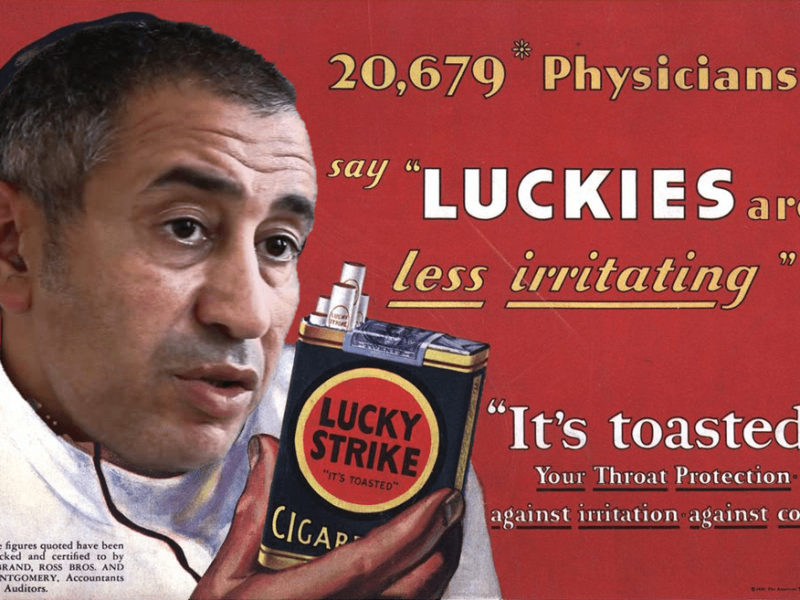



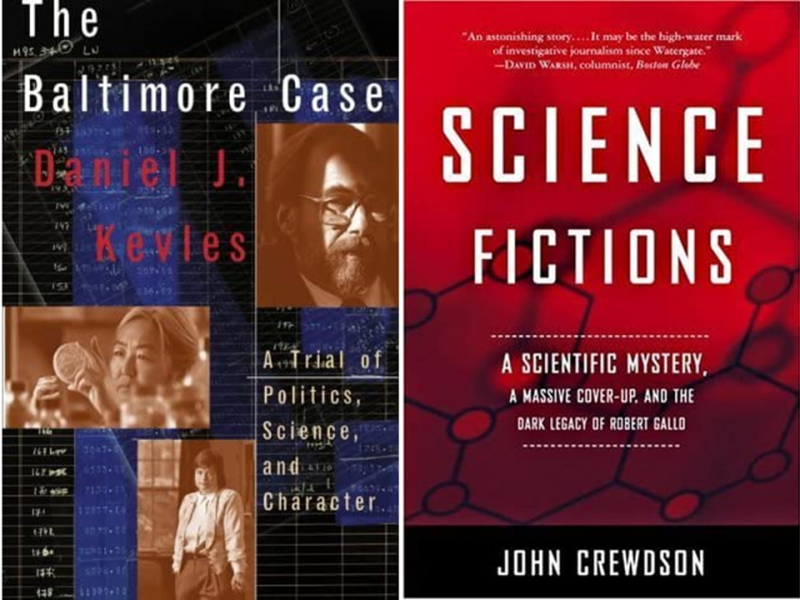
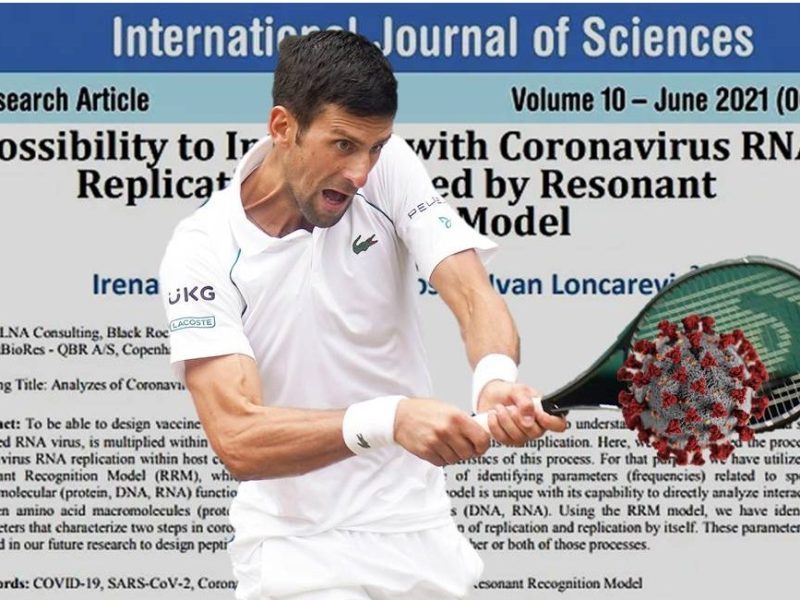





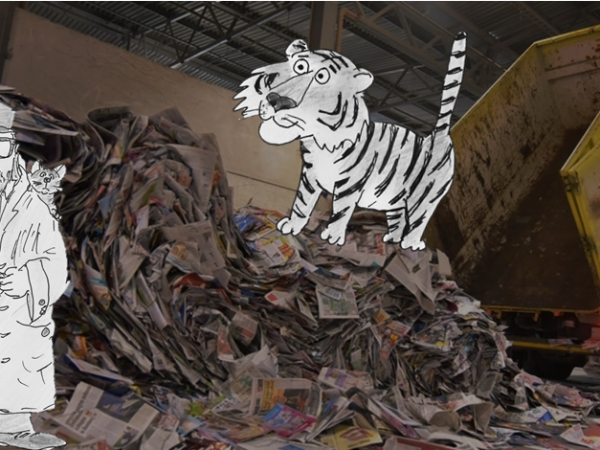
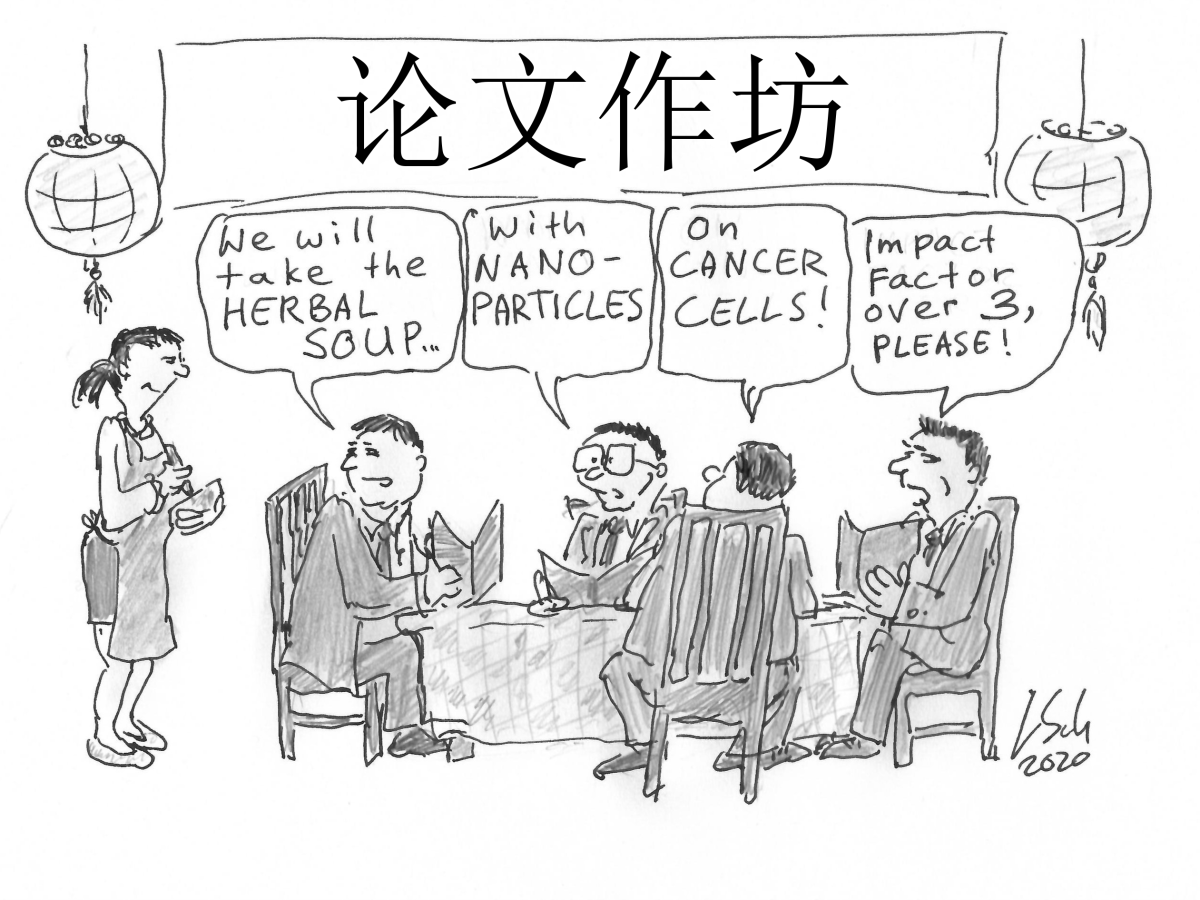

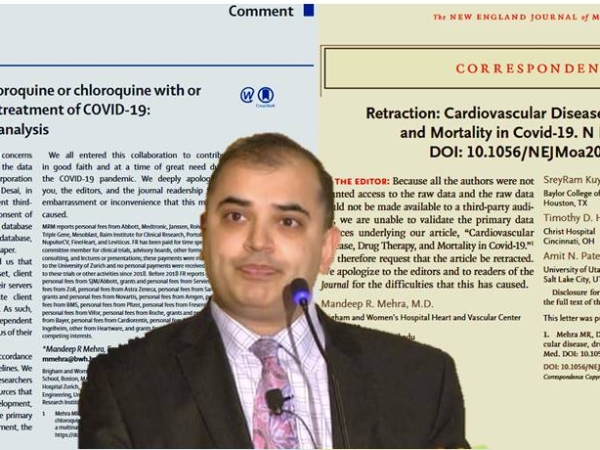

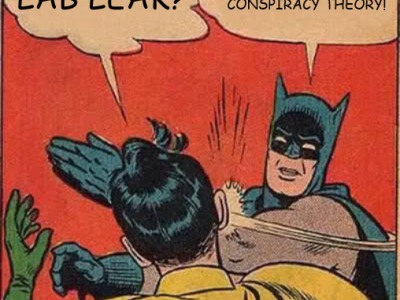
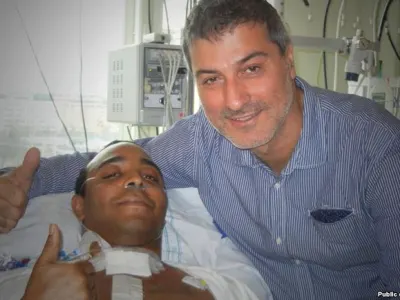
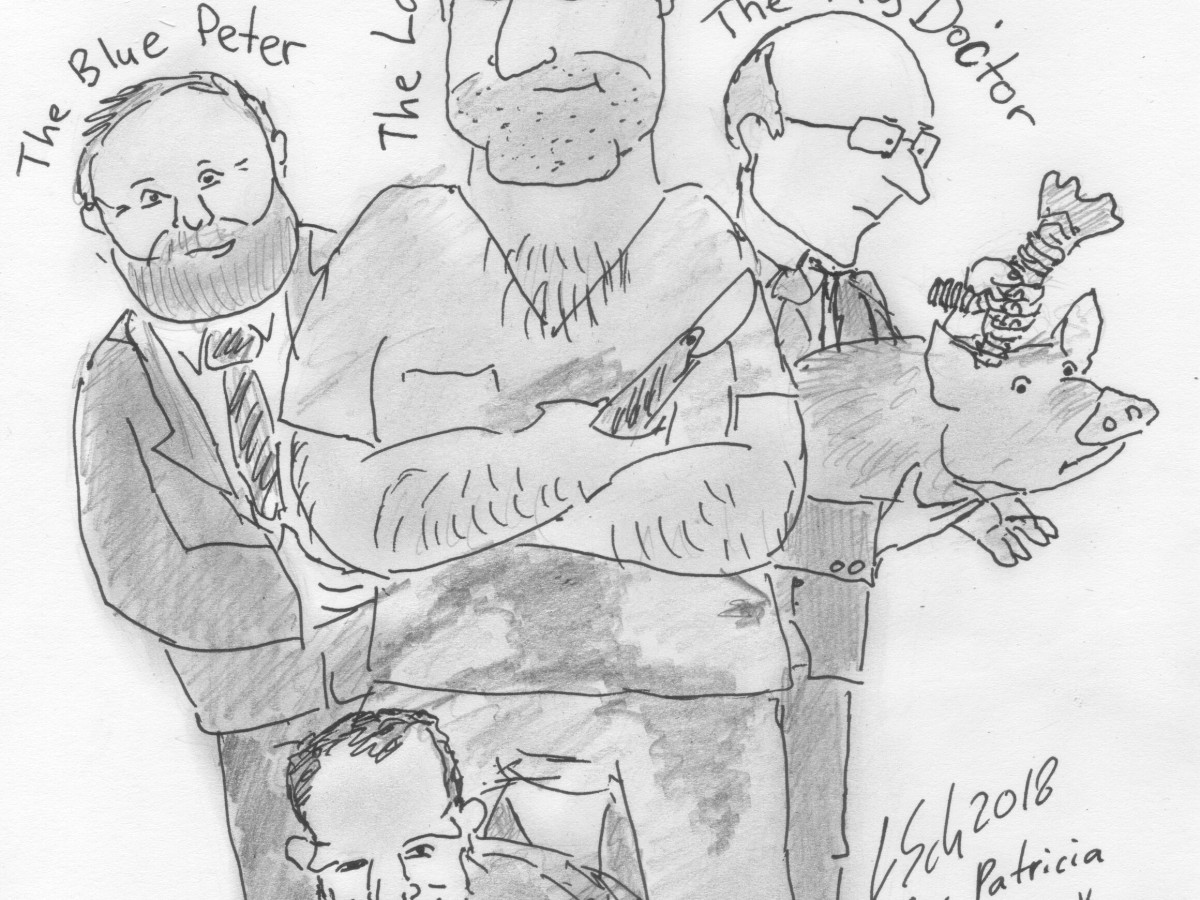

The description of that of professor XYZ– a charming man with little regard to others–is that of a sociopath. If XYZ gets kicked out of academia, I suggest he pair up with this other former scientist sociopath—if he has good singing voice like she does. My make a good transcontinental duet
https://nazneenrahman.bandcamp.com/track/loves-not-a-competition-but-im-winning
LikeLike
Pingback: O il condizionatore? – ocasapiens
“I’m Richard Marshall, Rick Vierstra knows very well where I am. I’m still in st Louis…”
A very interesting contribution from Richard Marshall. I’m starting to wonder if Professor Richard Vierstra’s statements are as reliable as one might expect given his distinguished position.
LikeLike